There is a moment in the original Final Fantasy VII where, after hours of scrapping around an ugly, horrible city, the party breaks out into the wider world, and it’s one of the defining moments of the game. Suddenly, an adventure that seemed narrow in scope became huge and expansive: you had an entire world to explore. Final Fantasy VII: Rebirth is, above and beyond everything else, an effort to remodel that experience for a modern audience.
Unfortunately – and I do want to get the disappointing part out of the way upfront – this means that it’s gone open world in design. The first chapter of the Final Fantasy VII remake (Remake) was quite linear and focused. Aside from a rare moment where you spent a bit of time wandering around a “town” area completing a couple of side quests to get a sense of the place, you mostly moved down linear pathways fighting enemies from key moment to key moment. To many, much as with the likes of Final Fantasy X and XIII, that linearity was a grating issue with the game.
However, there were benefits to that structure. It meant that Final Fantasy VII Remake was paced brilliantly, allowing players to focus on the narrative and events, and experience each scene in the context of the whole. It was basically like reading a well-written book, with every page rhythmically building to some exceptional conclusions.
Final Fantasy VII Rebirth has some exceptional storytelling and characterisation, much like its immediate predecessor. For example, the introduction of Yuffie is an early highlight, about ten hours in. You’re chasing some mysterious robed cult-like figures, for a connection that they have with Sephiroth. Then everyone’s favourite ninja girl makes a (literal) splash of an entry, and then, immediately after, the bad guys at Shinra show up. It’s a scene with humour, one that helps build the party, and at the same time offers explosive energy and drama.
… And then you’re sent on a 10-minute diversion to chase some character’s dog across the length of the map so that he can deliver some cash to that character’s son in another settlement. That side quest is mechanically and structurally appropriate to an open world game. It takes you across the map and sets up a new fast-travel location that you’ll likely want to use from time to time.
But it totally and utterly crushes the main narrative momentum. That narrative momentum is further impacted as you start wandering back, chasing down all the towers, wellsprings, and special battles that are scattered along the way. By the time you actually get back into the narrative, you’ll feel like you need a recap. This is the fundamental difference between Final Fantasy VII’s overworld and Remake’s open world. The VII overworld was there as an exercise in world-building. There wasn’t that much to do in it other than move to the next key objective. But that was the point. It was the act of moving across that world and openness that created the sensation of a journey and kept you in a sense of anticipation of what was coming next.
In Remake, meanwhile, the busy work consistently distracts you from the journey. You’ll spend a lot of time chasing icons for arbitrary rewards, completing side quests and tasks that do nothing to build the main narrative. I know this is the trend with modern games, and Final Fantasy VII Rebirth is much less egregious about it than many other developers and publishers (looking at you, Ubisoft), but it nonetheless takes a major quality of the experience and turns it into content. It’s understandable, because modern best practice is modern best practice. But it’s still disappointing.
To be abundantly clear: A lot of these distractions are genuinely good fun, too. Some of the side quests have fun plot lines, and Square Enix has built a wealth of minigames from the trivial right through to minigames that would be worth spinning into standalone games. It’s rare (outside of the Yakuza series) that I lose myself to side-distractions in open world games, but I did with this one, and frequently. The quality of them is not up for debate. It’s just what they do to the all-important storytelling experience that I question.
It’s also a pity because just as with the first part of the Final Fantasy VII remake project, Rebirth offers an excellent narrative. It’s stretched over far too much play time, and you’re looking at dozens upon dozens of hours to play through this, but the game’s writer, Kazushige Nojima, did a spectacular job of both retelling and challenging the narrative of Final Fantasy VII in Remake, and he has done the same in Rebirth. For obvious reasons, I’m sworn to secrecy with specifics and there are no spoilers here. People who played the original Final Fantasy VII know why this section of the story is so dramatic. But, with Nojima being who he is, and based on how subversive the first chapter’s remake was, there was also the question of whether those scenes would be changed here. Again, no spoilers, but what I can say is that Final Fantasy VII veterans will encounter more than a few eye-opening and surprising moments that will delight while further building on our collective understanding of the Final Fantasy VII mythology. Especially the ending. Let’s all talk about the ending once you get up to it. Because it’s worthy of discussion and debate, both as a way of subverting the original FFVII plot and a piece of philosophy in its own right.
Characterisation is another real strength of this chapter of the game. With both an expanded roster of allies and a larger world for them to participate in (beaches and all!) there are greater opportunities for each character to have their chance to shine. Performances are nuanced and sympathetic, and there are even moments of Sephiroth’s story where he comes across as a sympathetic character, making his role as the villain more tragic than the outright nihilistic enmity of the original character. Additionally, the best side quests give you a chance to deepen your relationships with the other characters in the party. Those ones are worth taking time away from the main quest for.
Unsurprisingly, Rebirth’s basic gameplay hasn’t really changed from Remake’s. The party affiliation plays a greater role this time, allowing comrades to work together in reasonably tactical and complex ways, but for the most part, the same ebb and flow that you saw last time are present. You’ll want to stagger your opponent by slowly building up a bar, which will allow you to deal massive damage for a time, before you’ll need to return to a combination of aggression and defence to preserve your party’s health. I’ve got to say that coming off the slick combat spectacle of Final Fantasy XVI, Rebirth feels a little clumsy and clunky (particularly the mechanic to dodge enemies), but it still works, and the ability to pause the action at any time and issue commands to each character helps preserve the “turn-based” quality of the original FFVII.
But again, the open world parts let things down a little. The battles that you crash into while wandering the overworld here basically act as “random encounters,” but it doesn’t take long for them to lose all challenge and become rote, featuring enemies with bland attack patterns and made of generic groups. On the other hand, in the focused and linear dungeons, where the developers have carefully constructed each combat encounter to maintain interest and challenge, make for some of the best Final Fantasy dungeon moments. The bosses are the natural highlights here, though again, the fireworks and scope of those come across as a little smaller now that we’ve been spoiled by Final Fantasy XVI. But it’s still exceptionally high-quality stuff.
It’s worth remembering that this is essentially the second “disc” of the Final Fantasy VII story. There is story summary accessible from the main menu in Rebirth, for those that are somehow playing this without playing its predecessor. But that summary works better as a refresher for those that did play, rather than a way of fully catching up if you did not. Otherwise, much of what I wrote in my review of Final Fantasy VII Remake applies here, so I recommend reading that as well to complement my words here. In looking back at that review I was reminded that the one criticism I had of Remake was the “open” segments, where you’re free to take on a few side quests and wander around towns. Imagine that, but on a massive scale, and it’s now about 90% of the game, and you’ve got Rebirth. The openness is handled much (much) better in Rebirth, but it still comes at the expense of the actual good stuff and reason for playing.
I don’t regret the 100 hours (or was it more?) that I spent in Final Fantasy VII Rebirth. In fact, I loved so much about the game. I loved the expanded party of characters. Vincent’s my boy and he shows up in style, Yuffie’s my girl and she brings much-needed energy into the main cast. I also loved visiting iconic locations like Costa del Sol and the Gold Saucer for the first time in their remade form. Most of all, I love and adore the work that Kazushige Nojima has done with the narrative (especially the ending that, once again, challenges everything we assumed about the FFVII plot), and he further entrenches himself as arguably the most innovative and creative writer in JRPGs with Rebirth. I just really wish that Square Enix had resisted putting so much padding and pointless distractions between all that good stuff. Why undermine the things you do best like that?
Buy this game on Amazon (By purchasing using this link DDNet earns a small commission on the sale)
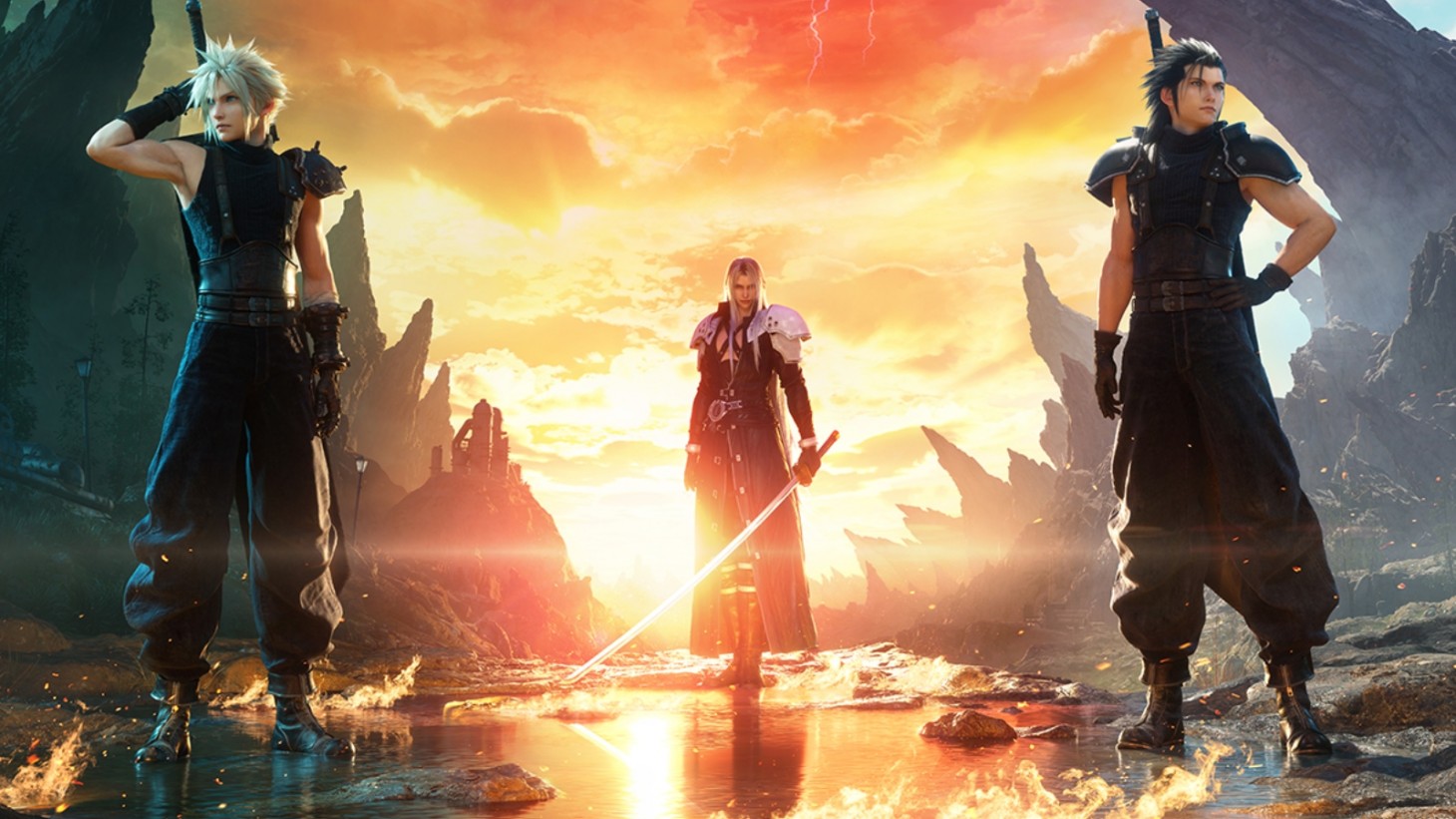

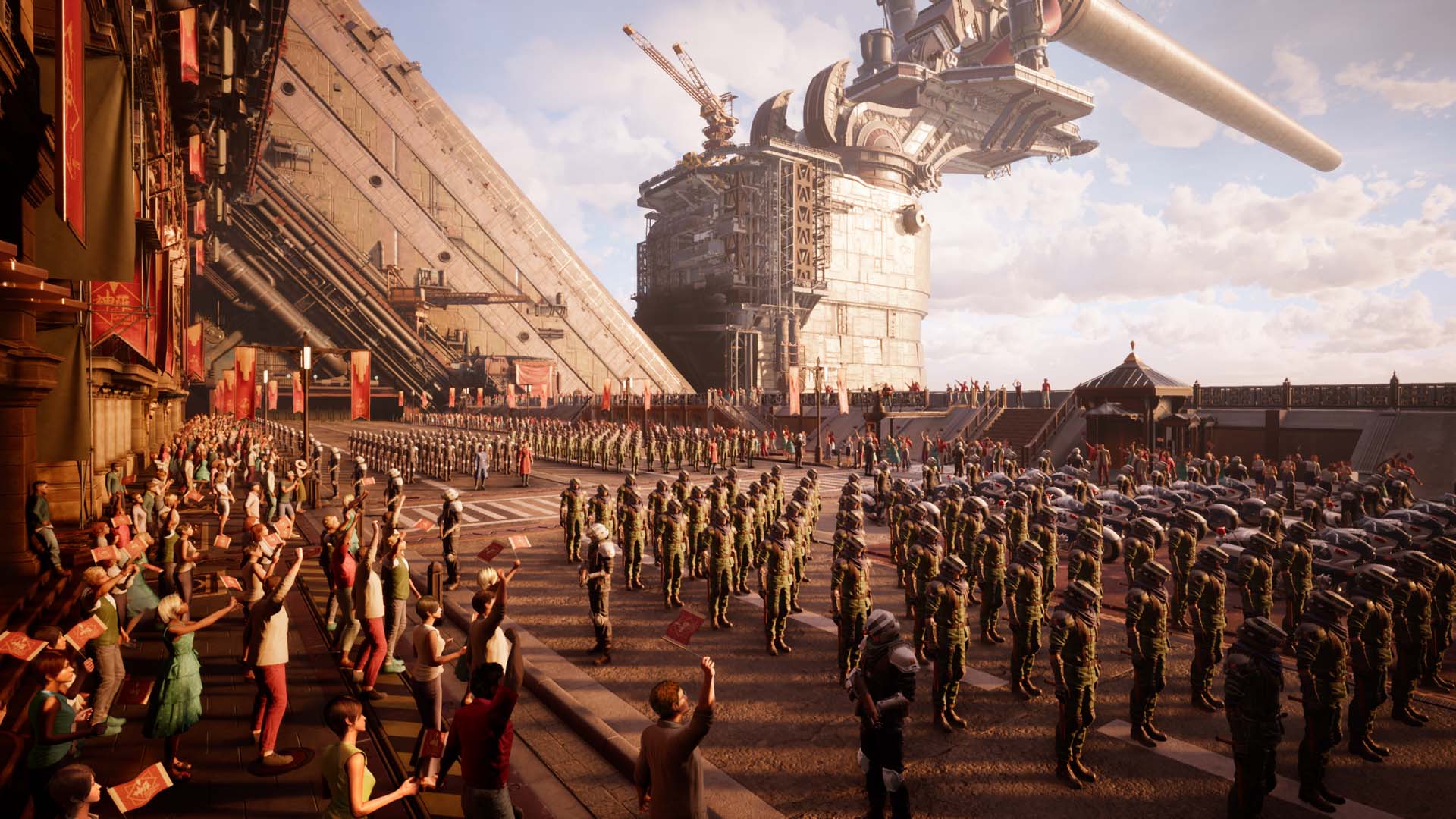
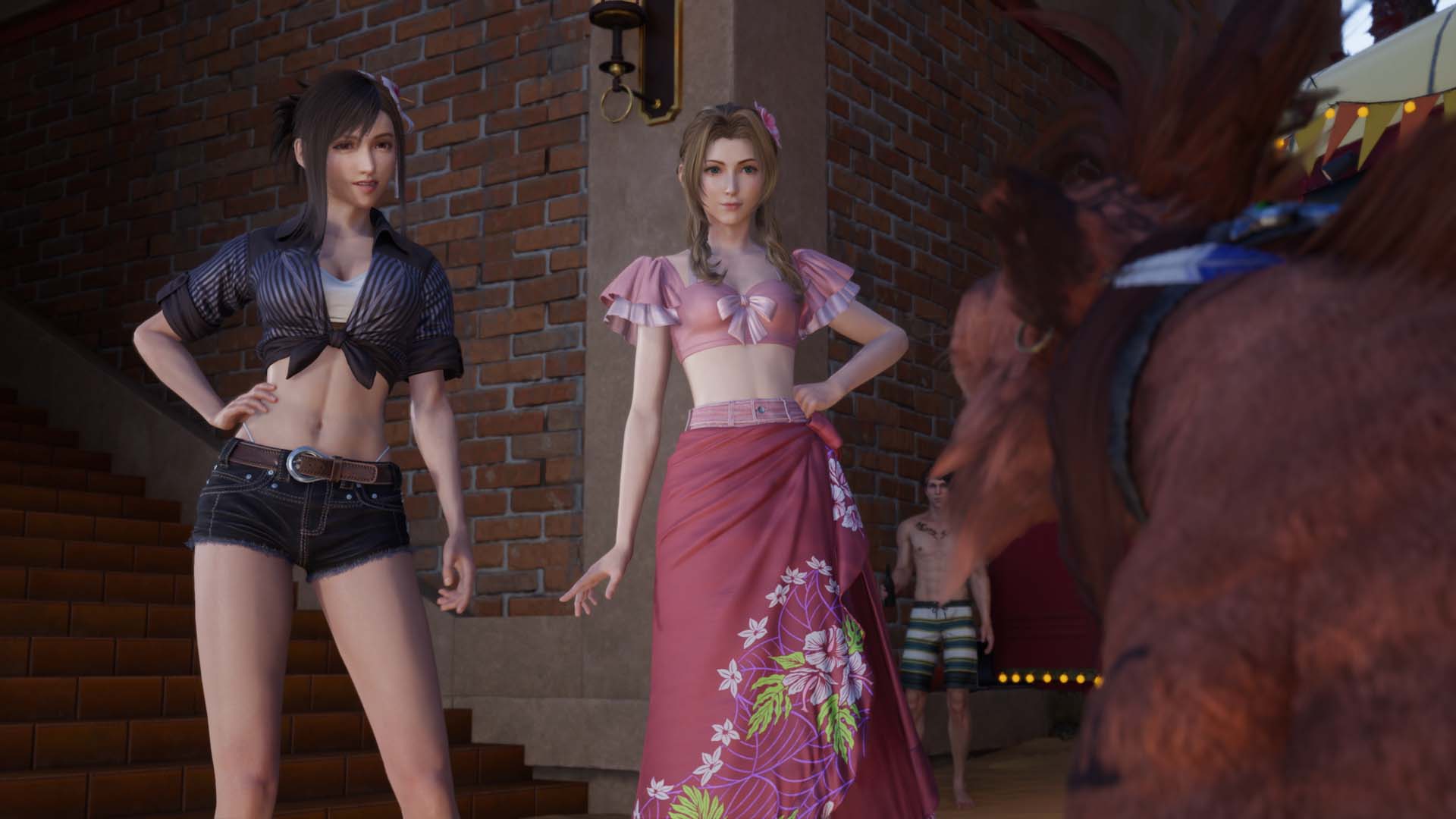
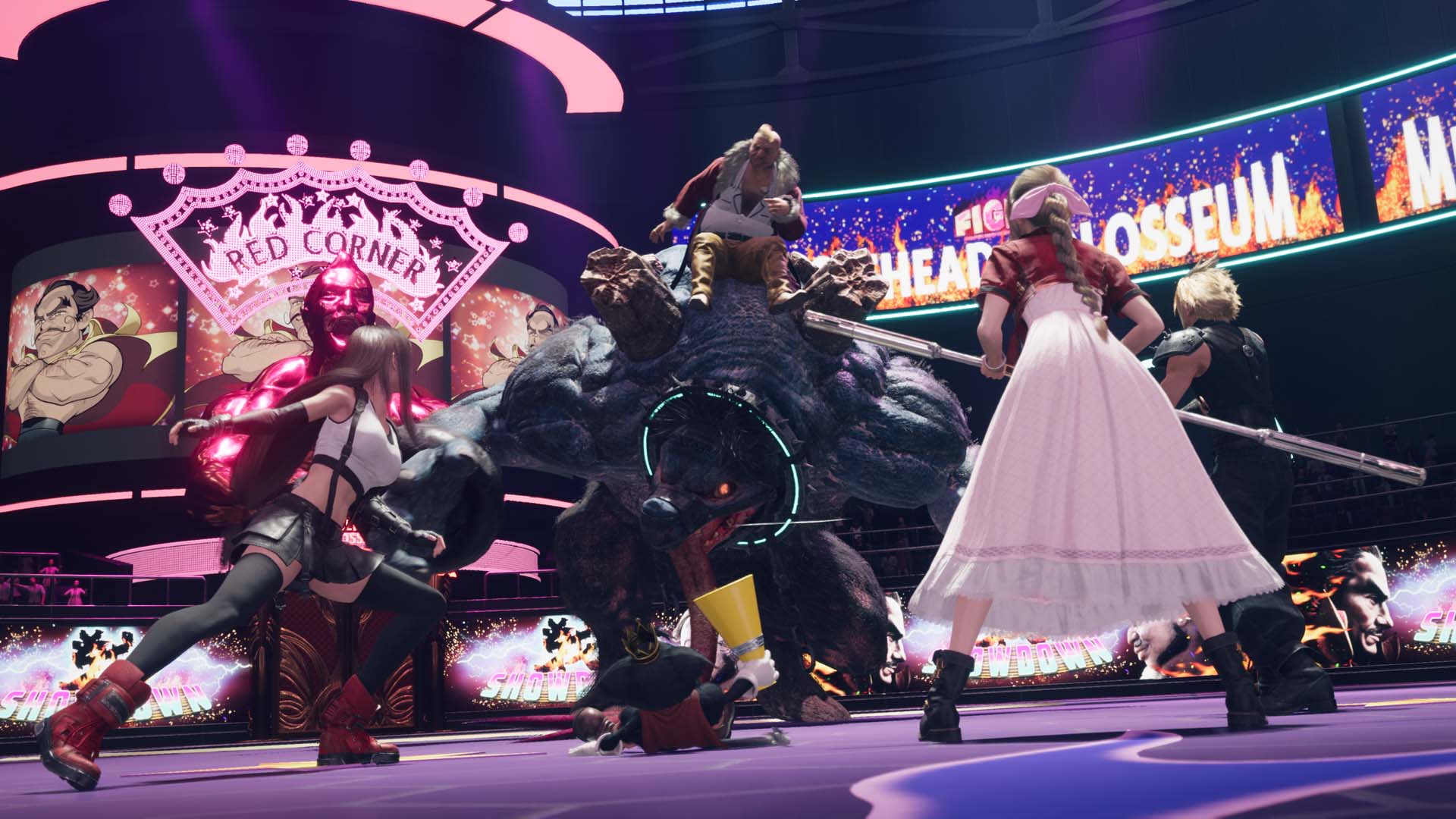
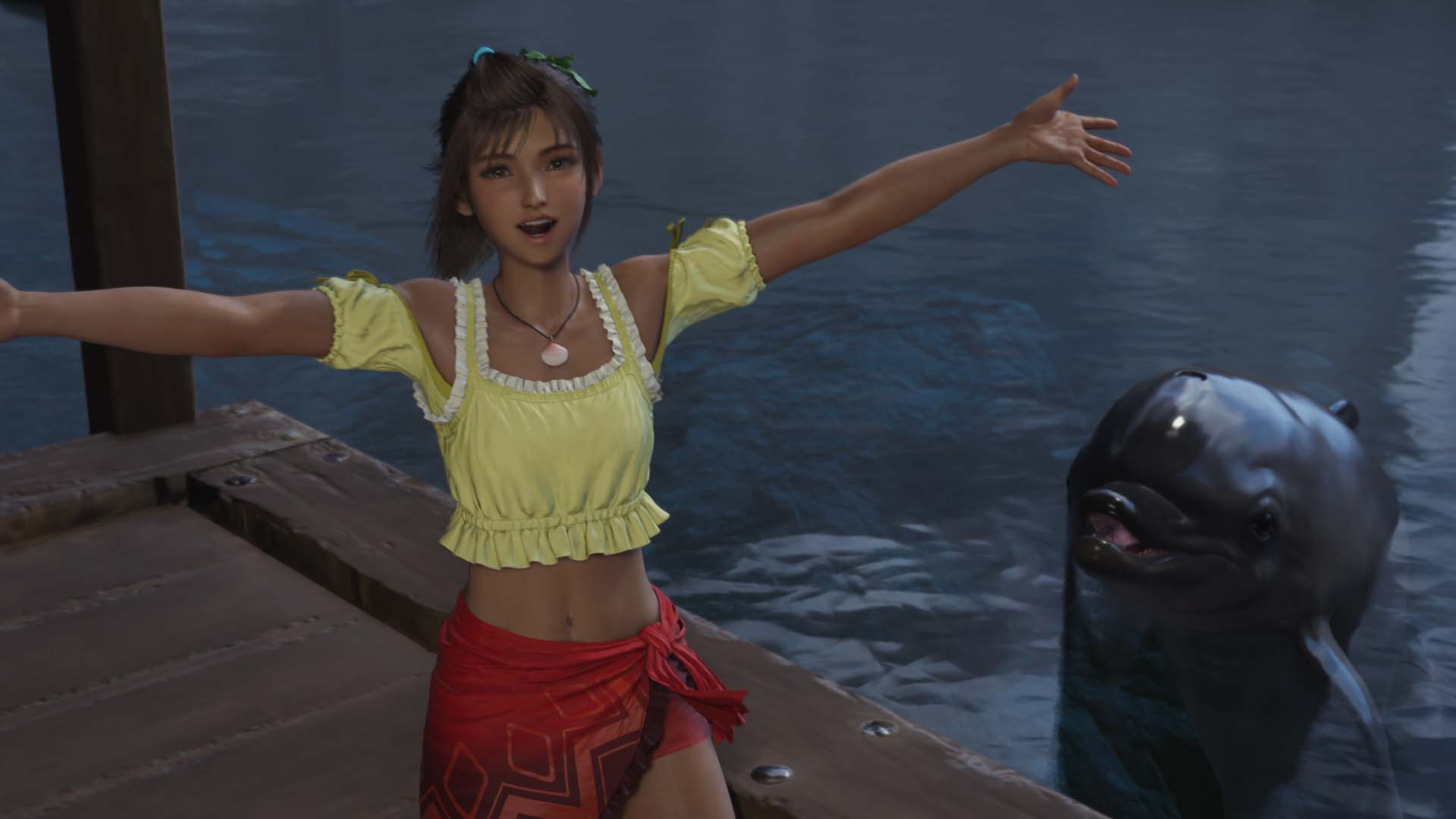

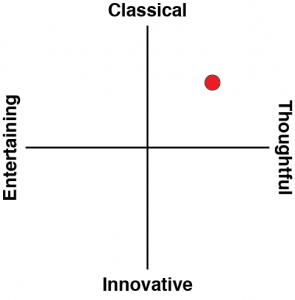




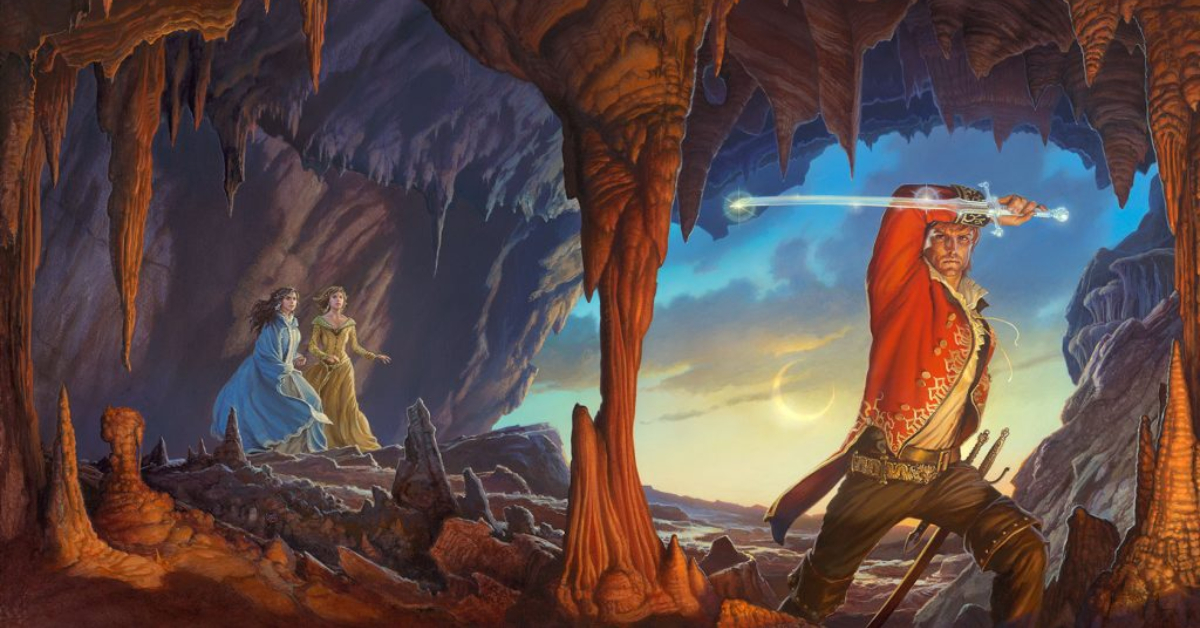
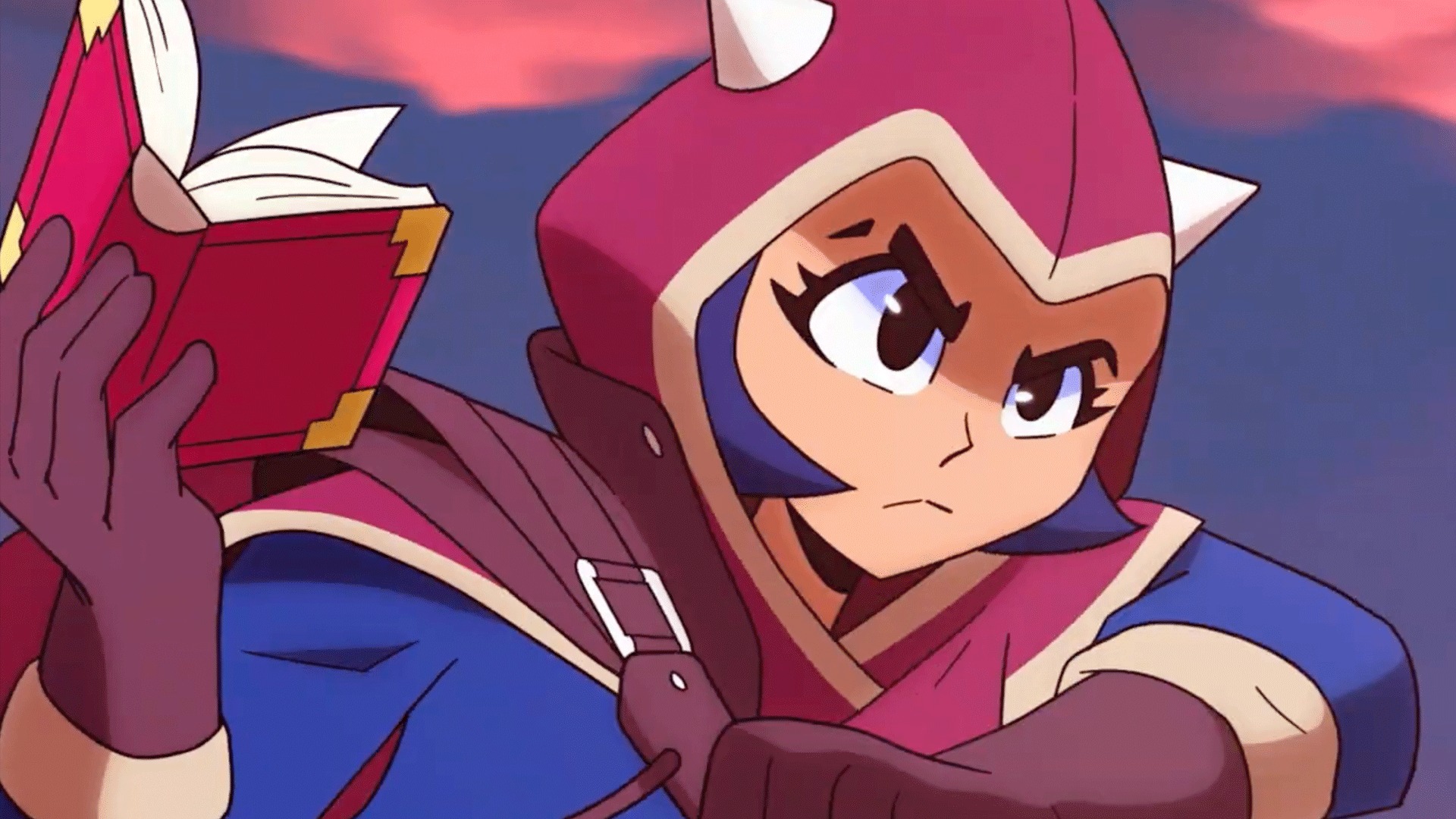


Seems good, but I’m still just going to wait for them to finish everything and release a complete edition.
It will be something special to play all these three back-to-back for the first time once all is done.